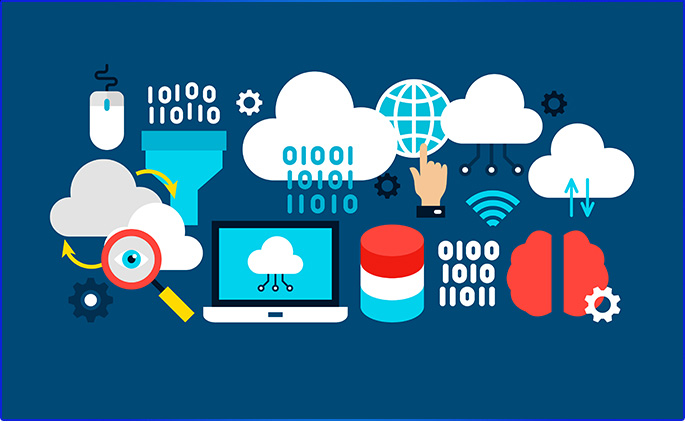Why serverless computing is critical to help reduce data latency in enterprise IoT.

Why serverless computing is critical to help reduce data latency in enterprise IoT.

 What is serverless Computing?
What is serverless Computing?
Traditional web applications involve a central server that responds to client queries. With the ubiquitous presence of IoT, the server has to cater to a larger number of nodes in a short time. The response time becomes a major concern for the central server model. This invoked the need for serverless computing. Serverless computing deploys the cloud that manages the services and backend infrastructure.
Serverless computing to fuel up IoTServerless Computing provides third-party services in terms of process management and data management services to the IoT platforms. This makes IoT applications scalable. The company can reduce the cost in terms of Infrastructure and staff required for server management. Also, these services are metered services i.e we are offered to pay according to usage basis which makes it more cost-effective.
What makes it faster?Reduced Latency: In traditional web-based applications, the request is directed to the Central server from the client. In order to receive and process such requests, the host server takes a certain amount of time, and this is called server latency. This latency is more in the Central server Model. In a serverless architecture, there are no Central Servers. It enables the code to be run on edge locations close to end users. This marks a cutback in latency.
Leading Serverless Computing platforms
There is a difference in these platforms in terms of operations or cost. The AWS uses is Elastic Compute Cloud (EC2) which deploys a large number of nodes to perform processing and computation. Microsoft Azure uses a virtual machine for the same. Azure is easy to deploy as compared to AWS. Google Cloud gets a better edge over Microsoft Azure and AWS by providing flexible pricing.
Is it an apt choice for me?Serverless computing has a greater edge over the Central server model in terms of reduced latency, high scalability, no server Management, flexible pricing, support for billions of IoT devices, quick deployment, and lower latency. At the same time, it projects the challenges in terms of security, vendor blocks, and testing. The cost-effectiveness is also not very advantageous for highly responsive IoT systems as they will be consuming cloud resources most of the time which will condense the gain on a pay-as-per-function facility.
We at Yan
Yan has contributed to various IoT-based business solutions for their customers worldwide. We are bringing into play the power of IoT and serverless computing using Azure. Our esteemed customers are leveraging the benefits of this prolific combination in terms of faster responses, cost reduction, and high scalability.
We at Yan, have addressed some critical areas that utilize the best of IoT and serverless computing duo for optimum data utilization. We have employed various solutions related to-